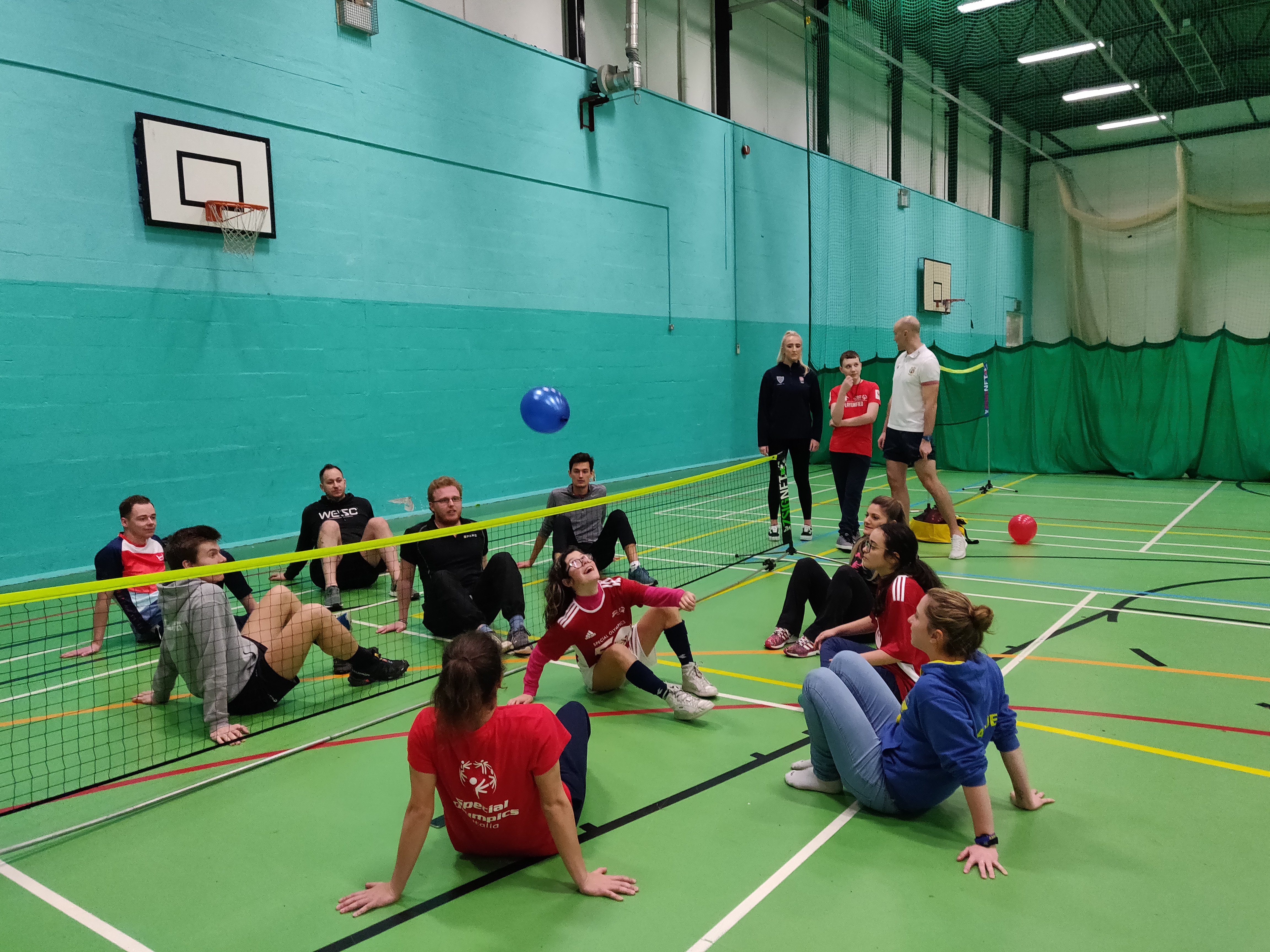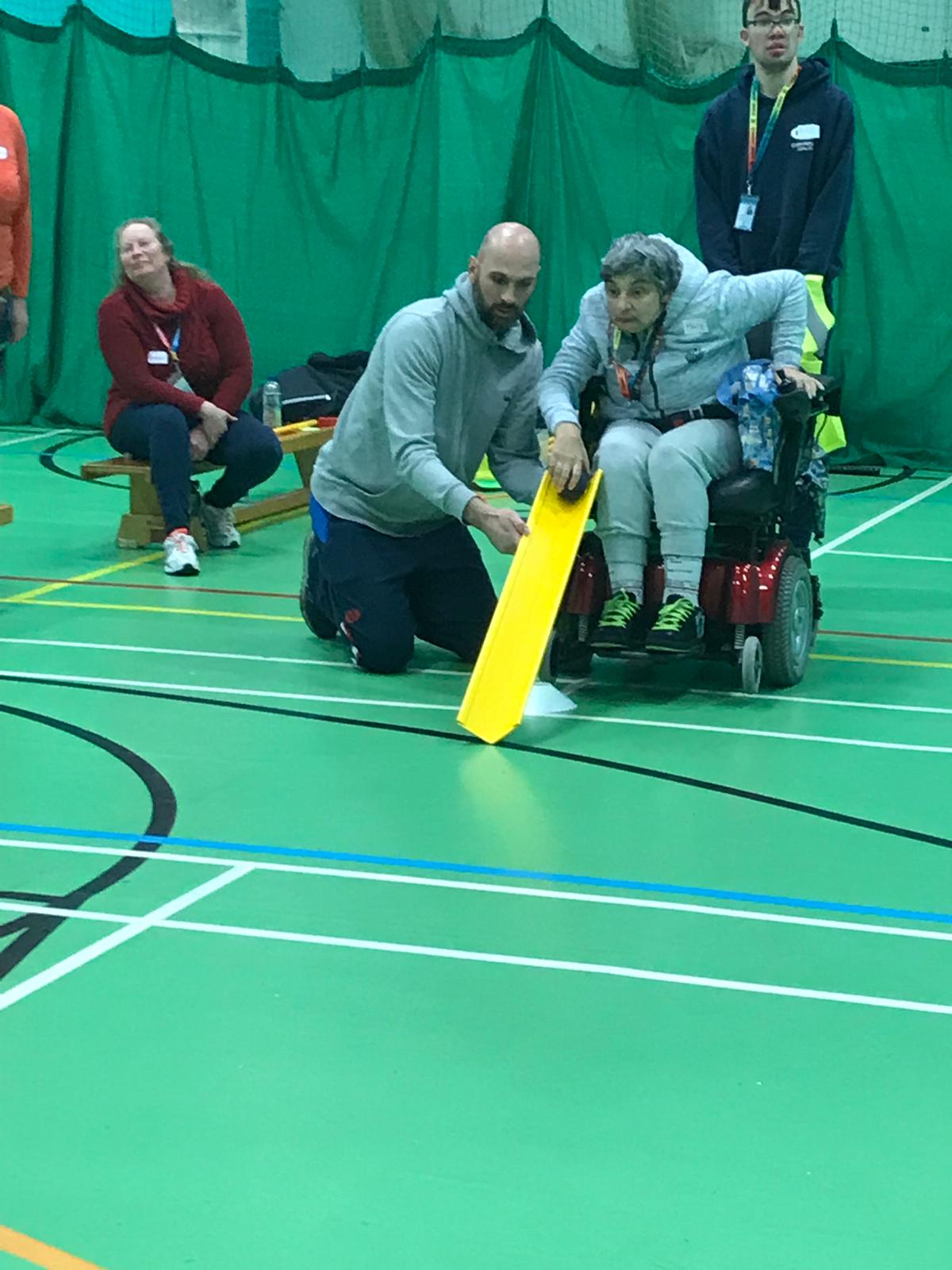Participants gathered in England to train and hone in skills to promote and include sport within special needs
On February 1st, 2019, 24 participants of COME IN came from France, Italy and England to complete this training course. This training course took part in Southwest England in the beautiful seaside village of Newquay. The mission of the training course was to coach Come In participants on how to create activities that promote inclusion and increased participation amongst young people with disabilities in sports. The training course consisted of multiple presentations, activites, and reflection to implement the best tactics to create a positive experience for its special needs athletes.
Start to Finish… What was accomplished?
The start of the training course began with an introduction of all its participants to grow more familiar with each other. Once familiar, participants split between two groups to begin the training course. The first group listened to a presentation from representative Tobias Staebler of the Special Olympics, while the second group engaged in a physical activity. This physical activity introduced different sports that potentially will be used by the special need athletes. One of which was tennis that came with different obstacles that may be faced when working with special needs. These obstacles included a lighter ball, different size tennis court, wheelchairs, etc. Once each group completed the given task, they switched roles to make sure everyone received the same experience and information.
After completing the first two activities, participants started the reflection process back in their hotel. Participants were given the opportunity to analyze both the presentation and physical activity they were hoisted into. For example, participants had to reflect on what happened and how they adapted to the given situation. They were forced into the perspective of the athletes and how they believe their athletes would respond to the different conditions (different ball, court, wheelchairs) of the activity. Once their reflection period was over, the participants received professional feedback on the correct procedures to coach their athletes while they may be undergoing the same conditions.
The next day, participants dove into a much more hands on approach of the training course. Participants created their own activities based on what they wanted to implement to their special need athletes. Once they came up with activities, they were given the chance to share these activities with each other and receive feedback. This feedback allowed participants to brainstorm different variations of their activities, as well as alternative approaches to the activity. The multiple variations and approaches taught participants how to adapt on the fly when they introduce their activity.
Examples of the activities participants came up with included sitting down volleyball. Participants would use an inflated balloon to pass and shoot. Alternatives included the use of only your feet or head depicted below.

These activities were prepared and explained by the participants to create an interactive sport experience for the special need athletes. Once created, Opes Italia and SPARC helped the participants finalize their activities by offering professional help. For example, SPARC offered the S.T.E.P. approach.
The S.T.E.P. approach consisted of:
S – Space
T – Time
E – Equipment
P – Participation
The S.T.E.P. approach taught participants to identify space, time, equipment and participation of their athletes with their activity. Thus, participants when coaching, can adapt to any situation they’re thrust into.
Participants final take-away and test
After undergoing multiple days of training, participants got the chance to put their newfound skills, thoughts, and activities to test. Participants were brought to Cornwall College of England and were introduced to students with disabilities. Participants proceeded to introduce the activities they worked on the day before to the students with disabilities.
Once this process was complete, participants took part in a final reflection of their activities and the whole training course. Participants were encouraged to reflect back on their experience, on what worked, what did not, and how they will go about changing and eventually implementing their activity. If their activity proves successful in the next few months, it will eventually become part of the toolkit to be used for years to come.

What’s next for Come In Project?
COME IN Project has a lot in store for its 2019 campaign. This May, COME IN will be hosting the second training course for the participants. This course will act as an evaluation of the past couple months, how well the process is going and what areas to improve. These participants are highly motivated teachers, coaches, students, etc., that will promote the growth of sports in the special needs community. The growth of sports in the special needs community will enhance the wellbeing of every athlete as well as every individual involved. COME IN Project is committed to making the world a better place and is excited to see how these trained professionals will implement this goal across Europe!
If you have any question, please, do not hesitate to contact linda.rombola@gmail.com


